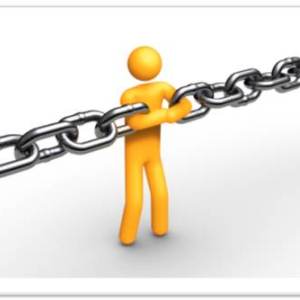
Tips On SEO Linking and Profile Analysis
I recently had the opportunity to gain advanced insight from Bruce Clay’s Search Engine Optimization (SEO) training session. SEO is a field of constant change and requires a close eye to pay attention to search engine algorithm updates. Staying on top of these changes will help you avoid site penalties and other problems. In this post, I thought I’d share some tips related to SEO linking and profile analysis.
Begin with a website audit
Your website’s link portfolio can make or break your ability to rank well. Every SEO linking strategy should begin with a website audit, including a link profile analysis. Your link profile primarily consists of inbound links, but don’t forget about your outbound links and internal site links. Just one low-quality (spammy) backlink can hinder any ability to outrank your competitors, or even simply improve your organic search ranking. It’s true – your weakest link has the potential to really mess up your SEO.
This is why it is important to pay attention to your link portfolio. Monitoring your links and performing a link profile analysis should be done on a monthly basis. Improving your SEO might mean getting rid of links, instead of building new ones. Who would have thought? If you have questionable, unnatural links pointing to your website, set up a link pruning project to remove those links. Link pruning is the process of gathering and identifying unnatural, spammy backlinks and getting them removed. If you think your site has been hit by a penalty, link pruning is an important process to give time to.
Keep your link portfolio diverse
Your link portfolio should be kept diverse – that is, focus on earning links with a range in PageRank. This is natural in Google’s eyes. If your inbound links only have high PageRanks, you’ll look like a spammer. Any inbound link should be relevant to your site. A random, off topic backlink is probably not going to be your best advocate for building trust. Be selective with the sites you link to externally. You transfer PageRank every time you link out (unless you add nofollow to that link). Also be selective how you internally link within your site. You can transfer PageRank to internal pages, thus building their significance. At the end of the day, consider what would be helpful for the user. SEO is what we work on to get users to your site. Once they are there, is each task simple enough that users don’t have to think? It should be that way.
The last resort
Finally, if you find links in your portfolio that look suspicious or spammy, and link pruning hasn’t been successful, work to disavow the links. You need extensive documentation in order to disavow links, as it should be used as a last resort.



